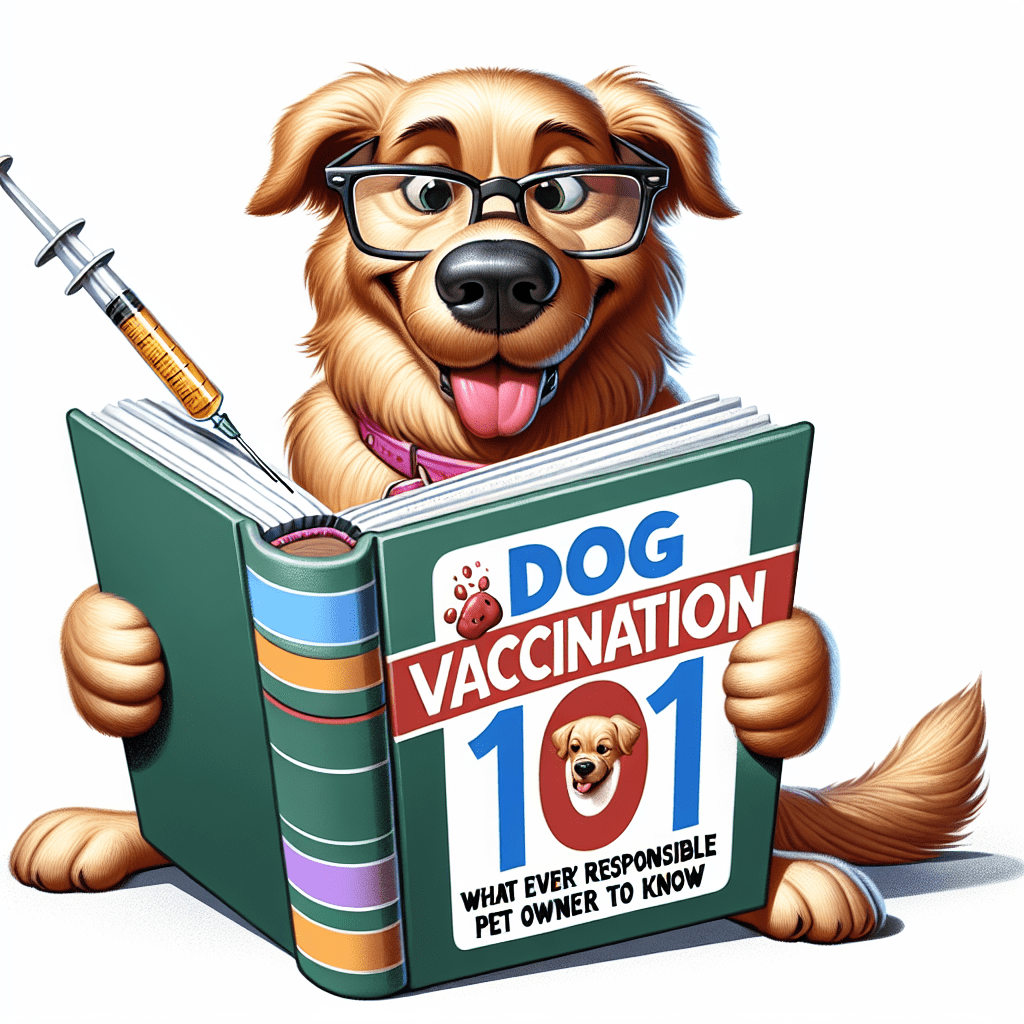Get your free Book Here

Recognizing the Red Flags: Is Your Dog Displaying Fear Aggression?
As any dog lover will tell you, our furry companions express emotions much like we do. Unfortunately, there are times when those expressions can sometimes take on an aggressive tone, fueled by fear. Fear aggression in dogs can manifest in various ways, and as a veteran dog trainer, I’ve encountered countless situations where that spark of concern quickly turned into actionable steps for improvement. By understanding the signs of fear aggression and utilizing effective training techniques, we can help our pups lead happier, more secure lives.
Understanding Fear Aggression in Dogs
Fear aggression is essentially a defensive reaction that arises when a dog feels threatened or scared. It can manifest in a variety of behaviors, including growling, barking, snapping, or even a full-blown attacking mode. Like any behavior in our beloved pets, it’s crucial to understand the underlying reason for this reaction.
Common Signs of Fear Aggression:
- Growling or barking at unfamiliar people or animals
- Cowering or trembling when approached
- Ears pinned back and tense posture
- Avoiding eye contact and backing away
- Lifting a paw as if to flee
- Lashing out or snapping when cornered
- Excessive drooling or panting
- Temporary freeze behavior, where a dog seems ‘stuck’
- Stiff tail and body movements
- A desire to hide or escape situations
Recognizing these signs early on can be a game-changer. When left unaddressed, fear aggression can escalate, leading to devastating consequences for both the dog and their owners. Thankfully, there are numerous strategies to guide your furry friend toward a more relaxed state.
Why Do Dogs Develop Fear Aggression?
Understanding the root cause of fear aggression is vital for effective training. Dogs might develop fear-based behaviors due to various experiences, both past and present.
Potential Causes of Fear Aggression:
- Poor Socialization: Lack of exposure to different people, animals, and environments during critical developmental phases.
- Traumatic Experiences: Past events, such as abuse, neglect, or being attacked by another animal, can leave lasting scars.
- Health Issues: Pain or discomfort caused by injuries or illnesses can make dogs more irritable and fearful.
- Genetics: Some breeds are predisposed to heightened fear responses.
- Environmental Triggers: Loud noises, sudden movements, or rapid changes in their surroundings can prompt defensive behavior.
By identifying the triggers, we can create a plan tailored to the individual dog, promoting safe and positive experiences.
Creating a Safe Space: How to Help Your Dog Overcome Fear Aggression
Helping your dog work through fear aggression is a process— but it’s one that is worth every ounce of patience and dedication. Here’s how you can create a safe environment where your dog can thrive.
Tips to Reduce Fear Aggression:
- Safe Zone: Establish a designated area where your dog feels safe and can retreat to when they feel anxious.
- Avoid Overstimulation: Slow down when introducing new stimuli, ensuring that your dog has time to adjust.
- Positive Reinforcement: Use treats and praise to reward calm behavior and interactions.
- Desensitization: Gradually expose your dog to their triggers in a controlled and manageable way.
- Training Classes: Enroll your dog in classes with a professional trainer that focuses on behavior modification.
- Routine: Maintaining a consistent routine gives your dog a sense of security.
- Body Language: Be mindful of your body language; calm and relaxed energy can help ease your dog’s anxiety.
- Medication: Consult with your veterinarian for potential behavior-modifying medications if necessary.
- Socialization Opportunities: Introduce your dog to well-trained and friendly dogs to create positive experiences.
- Patience: Recognize that change will take time and progress may vary significantly from one dog to another.
Real-World Success Stories: Transforming Fear into Confidence
In my experience as a trainer, I’ve witnessed remarkable transformations in dogs who displayed fear aggression. Here are a few inspiring stories that demonstrate how consistent effort can lead to a remarkable turnaround.
-
Max, the Timid Lab: Max had a tumultuous upbringing, leading him to be fearful of strangers. After introducing him to a secure safe zone and slowly desensitizing him to new people with treats, he blossomed into a social butterfly who now enjoys daily walks without fear.
-
Bella, the Rescue Beagle: Bella was terrified of loud noises. By gradually introducing her to different sound stimuli in a low-pressure environment, she learned to relax during thunderstorms and fireworks. Now, she happily curls up on the couch with her family, undisturbed by the chaos outside.
-
Rocky, the Fearful Pitbull: Rocky was reactive when approaching other dogs. After participating in a structured training class with positive reinforcement and controlled meet-and-greet sessions, he became calm and confident when socializing.
These heartwarming examples show that dog owners can effect real change. Your furry friend can lead a fulfilling, happy life with the right approach and dedication.
FAQs About Dog Fear Aggression
Q1: Is fear aggression common in all breeds?
Yes, while some dogs may be more predisposed to fear aggression based on genetics, it can affect any breed if they have had negative experiences or lack socialization.
Q2: Can fear aggression be cured completely?
While some dogs may never completely lose their fear of specific triggers, with consistent training and support, they can learn to manage their reactions effectively.
Q3: What should I do if my dog displays fear aggression at the dog park?
Remove your dog from the situation calmly but promptly. Allow them time to settle down, and avoid any confrontational scenarios.
Q4: How long will it take for my dog to improve?
Every dog is individual, and the timeframe for improvement varies. Patience and consistency are key; celebrate small victories along the way!
Q5: Should I use punishment to correct my dog’s fear aggression?
Avoid punishment, as it can reinforce fear-based behaviors. Focus on positive reinforcement to encourage and reward desired behaviors instead.
Disclaimer: As an Amazon Associate, I earn from qualifying purchases; I may earn a commission from qualifying purchases as an affiliate. Please note that I only recommend products I believe will provide value to my readers.
Remember, there’s hope on the horizon! Fear aggression can be eased with commitment, understanding, and love. As we embark on this training journey, we pave the way for a more peaceful and enjoyable relationship with our devoted companions.







